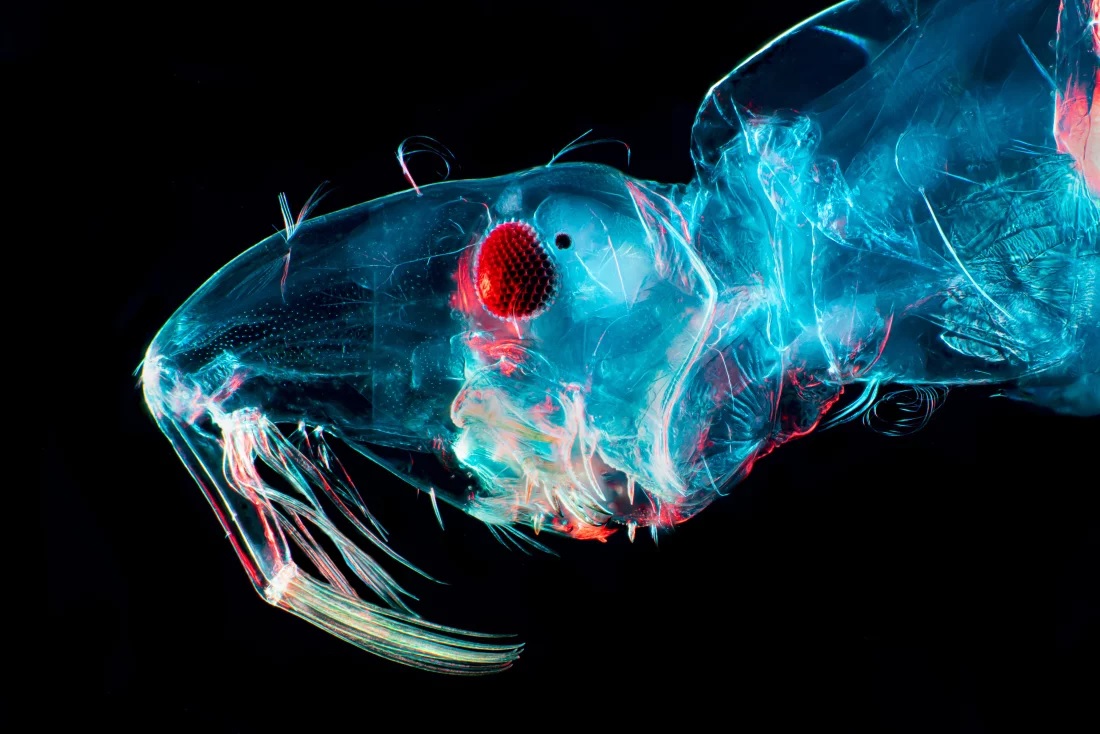On September 10, the Pan American Health Organization (PAHO) announced that since the beginning of the year, more than 9,000 cases of mosquito-borne Oropouche virus infection have been recorded in the Americas, including two deaths.
Oropouche virus cases increase significantly in Cuba
Mosquito-borne Oropouche virus cases on the rise in Latin America
Mosquito-borne Oropouche virus cases on the rise in Latin AmericaBrazil is the worst affected country with 7,931 cases, including 2 deaths, followed by Peru (930 cases), Cuba (506 cases), Bolivia (356 cases), Colombia (74 cases) and the Dominican Republic (33 cases) .

According to the Vietnam News Agency correspondent in Latin America, PAHO said that since the last epidemiological alert was issued on August 1 until September 6, there were 1,774 more cases of Oropouche virus infection, bringing the total number of infections to 9,852. Brazil is the most affected country with 7,931 cases, including 2 deaths, followed by Peru (930 cases), Cuba (506 cases), Bolivia (356 cases), Colombia (74 cases) and the Dominican Republic (33 cases). In addition, imported cases were recorded in the US (21 cases) and Canada (1 case) after citizens traveled to countries with the epidemic.
Due to the increasing number of cases since the beginning of the year, PAHO once again calls on countries to strengthen surveillance, reporting, and implementation of sanitary and epidemiological control and prevention measures.
Regarding maternal-fetal transmission, in Brazil, authorities have confirmed one case of fetal death and one case of congenital malformation. The country is conducting additional investigations into other cases of fetal death, abortion and congenital malformations.
Oropouche virus is transmitted by the bite of an Aedes mosquito. Symptoms include high fever, body aches and nausea. The disease is rarely fatal, but can cause serious complications such as meningitis. There is currently no treatment or vaccine.
Since July 2024, the Pan American Health Organization (PAHO) has issued an epidemiological alert due to the increase in OROV-positive cases in five countries in the Americas: Bolivia, Peru, Cuba, Colombia and Brazil.
Brazil’s health authorities said the country is facing an unprecedented outbreak, with 7,767 cases this year, including two deaths in people aged 21 to 24 who had no underlying health conditions.
Brazil has been testing for OROV since 2023 after identifying many cases with symptoms similar to dengue, zika or chikungunya fever but testing negative for the viruses that cause these diseases. Most of the cases were recorded in the Brazilian Amazon region.
Meanwhile, in Cuba, cases have increased significantly after health authorities confirmed the first positive case of OROV on May 27 in the eastern province of Santiago de Cuba. Since then, the Cuban Ministry of Health (MINSAP) said cases have spread to all 15 provinces on the island, with the number of patients now exceeding 400.
Although it has caused frequent, short-lived but intense outbreaks in tropical areas of Brazil, Peru and Panama, as well as on some Caribbean islands, OROV is relatively new to Cuba. Cuba activated its health alert system on June 25 due to a surge in dengue and Oropouche virus cases.
MINSAP assessed the epidemiological situation as “complicated” because OROV circulates alongside other pathogens such as influenza and dengue. The summer rains and the ongoing fuel crisis in Cuba make widespread spraying difficult, creating conditions for rapid mosquito breeding and disease spread.
The US Centers for Disease Control and Prevention (CDC) said on August 27 that it had recorded a total of 21 cases of Oropouche virus infection among people returning from Cuba, including three who were hospitalized. Earlier this month, the US CDC issued a health alert to deal with the increase in the disease.
Meanwhile, Colombia detected 87 OROV-positive samples in 2024 out of 1,279 dengue samples. The mosquito carrying OROV is endemic to the country’s Caribbean, Darien, and Amazon regions.
According to the Epidemiological Surveillance System (Sivigila), 94.6% of OROV cases detected were from the Amazon region.
Although no cases of OROV have been reported, Argentina, Mexico and Uruguay have stepped up epidemiological controls. Argentina has advised residents to install mosquito nets and improve sanitation, while Mexican health authorities have issued a precautionary warning for travelers to Bolivia, Brazil, Colombia, Cuba and Peru. Mexico has assessed the risk as medium and recommends that travelers planning to visit any of these countries closely monitor the epidemic situation and get all vaccinations, protect themselves from mosquito bites, use insect repellent and appropriate clothing, and seek medical attention if they develop any symptoms within 12 days of returning.
Although Uruguay has not issued official guidelines, local media reported that the country’s Ministry of Health has asked medical facilities to report suspected OROV cases and record patients’ travel history.
PAHO experts assess the risk level in the region as “high.” Although OROV was first detected in 1955 near the Oropouche River in Trinidad & Tobago, little is known about the disease and no treatment is available.
According to PAHO, since the beginning of 2024, Latin America has recorded more than 8,000 cases of OROV infection, mainly concentrated in Brazil. In this situation, PAHO calls on countries in the region to strengthen insect control measures, reduce the number of mosquitoes and other disease-carrying insects, and improve public awareness of personal protection measures. PAHO also issued guidance to assist countries in detecting and monitoring the spread of OROV for possible vertical transmission, birth defects, and deaths.






